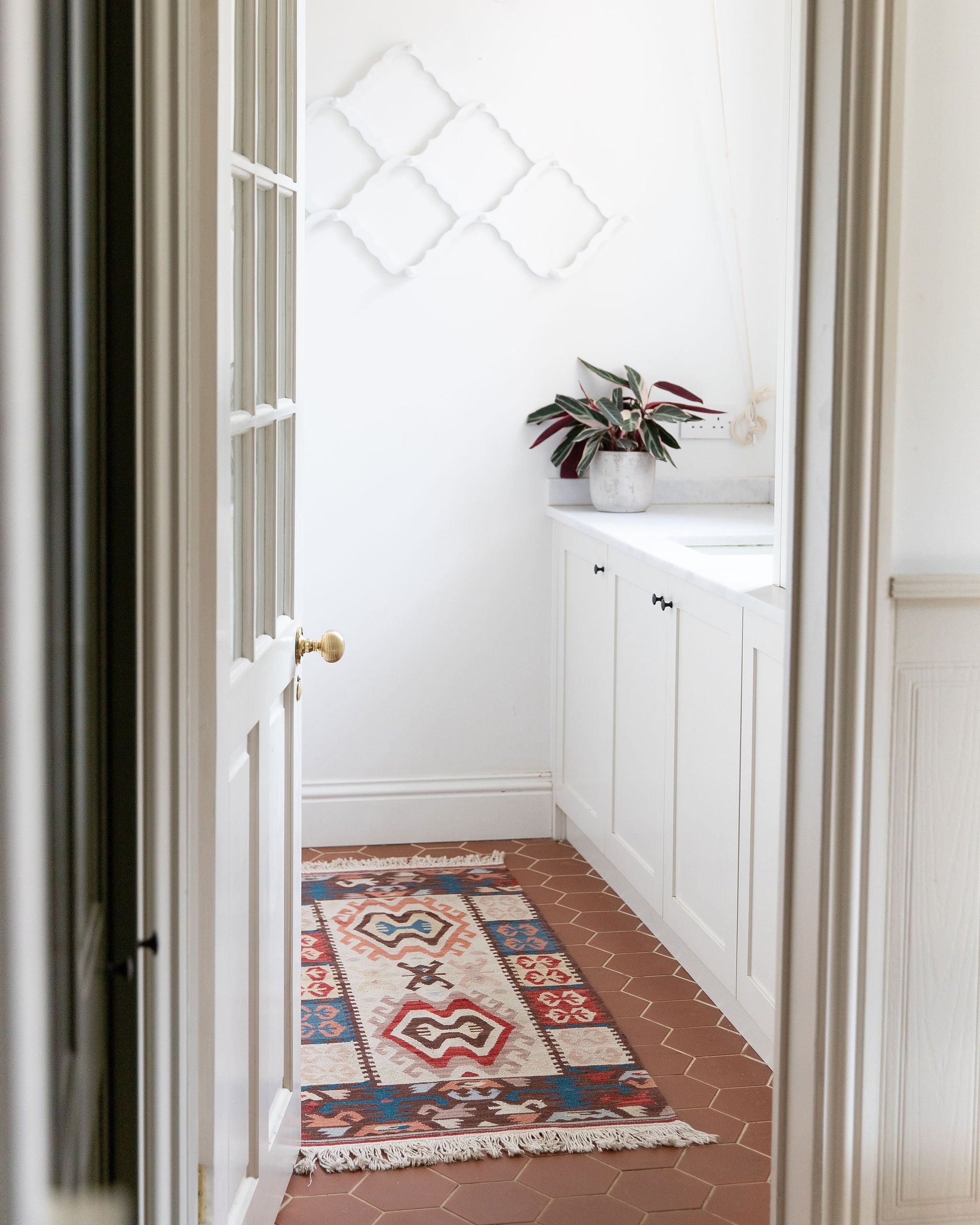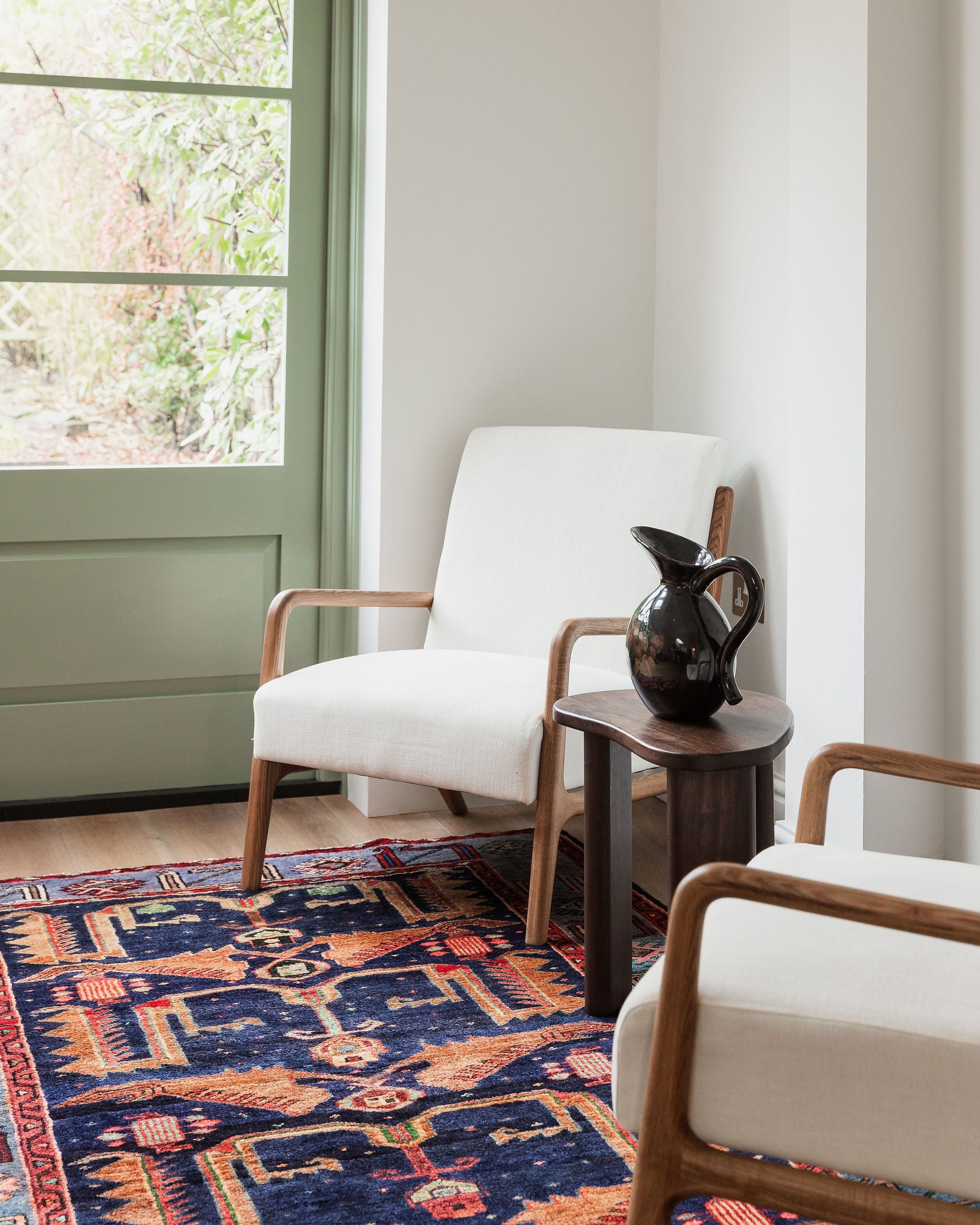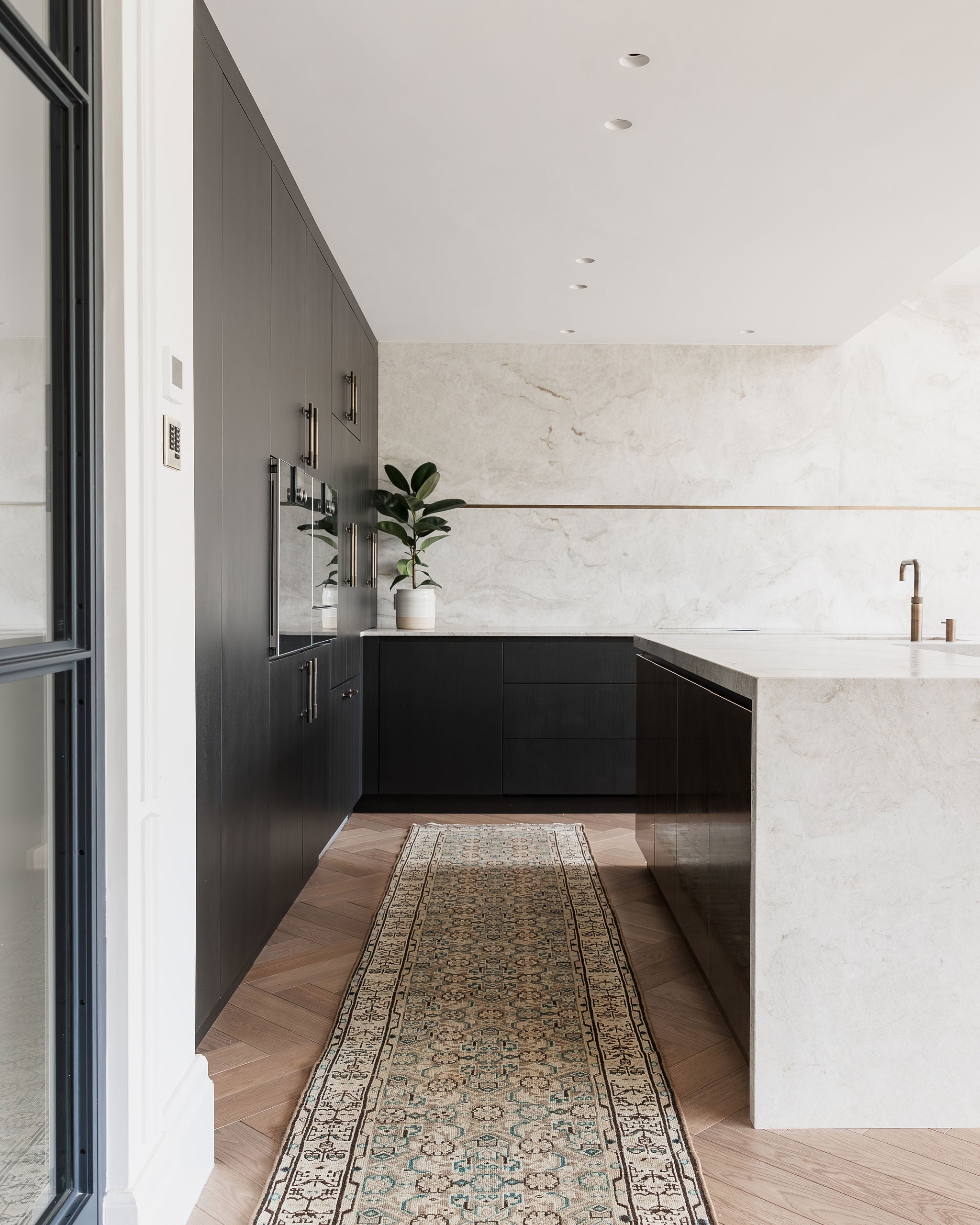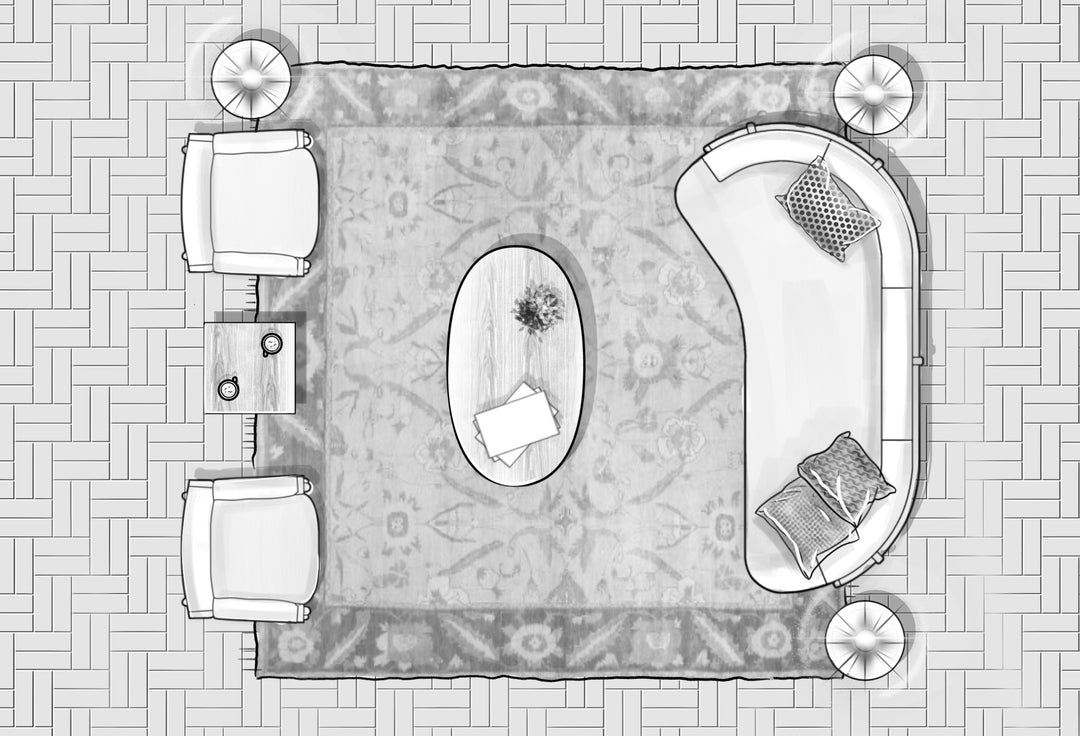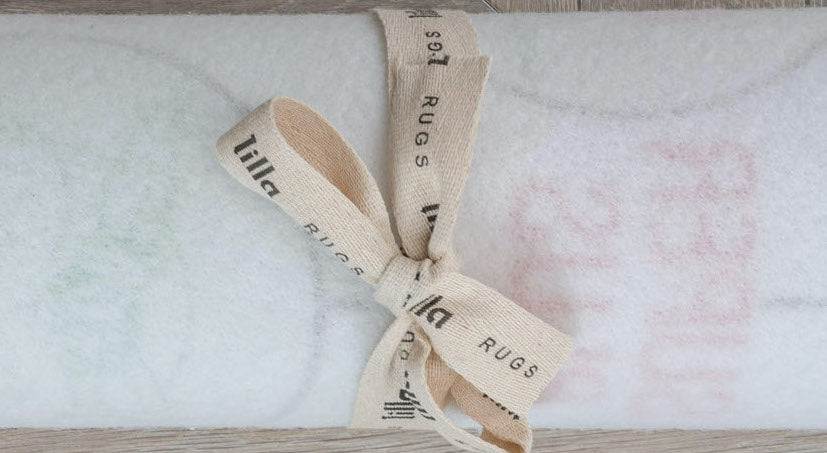The Challenges Interior Designers Face When Specifying Rugs for Clients
When it comes to interior design, rugs play a pivotal role in transforming a room. They can add warmth, define spaces, and introduce colour and texture to an otherwise neutral area. However, for interior designers, specifying the right rug for a project is not as straightforward as it may seem. From balancing aesthetics with practicality to managing client expectations, here are some of the key challenges designers face when recommending rugs for their clients.
I really hope that we can make a difference and help alleviate some of these challenges at Lilla Rugs.
1. Balancing Aesthetics and Functionality
One of the most difficult tasks for designers is finding a rug that not only looks stunning but also meets the functional needs of the space. For instance, a plush, high-pile rug may seem perfect for a living room, but it might not hold up well in high-traffic areas or homes with pets. On the other hand, low-pile or flatweave rugs could be more durable but may not offer the luxurious feel some clients desire.
Designers’ Dilemma: How do you specify a rug that complements the style of the space while still being practical for everyday use? This balancing act can be challenging, particularly when working with families or clients with pets or small children.
How we can help: Rugs using natural fibres are amongst the most practical out there, whilst also providing the base to most luxury rugs. Oriental designs are also a benefit, as they are far less likely to show specks and dirt in high-traffic areas. Reach out to find the most suitable handmade rug for your clients needs and we will give you a personalised list based on your needs.
2. Sizing the Rug Correctly
Getting the right size is crucial when specifying rugs, and it’s one of the most common pain points for interior designers. A rug that’s too small can make the space feel disjointed and awkward, while one that’s too large may overwhelm the room or hide other design elements.
Standard advice: A common guideline is to ensure that all major furniture pieces have at least two legs on the rug, but the ideal size often varies based on room dimensions, furniture layout, and the desired visual effect. Designers often find themselves in the tricky position of determining the correct rug size without compromising the room's balance.
How we can help: Check out our helpful size guide as a starting point. Our top tip would be to mark out the area with masking tape in order to get a feel for the size in your space.
3. Working with a Client’s Budget
Rugs can be an investment, and the wide range in pricing often leaves clients unsure of what to prioritize. High-quality, handmade rugs made from natural fibres like wool or silk can be costly, while machine-made options can vary greatly in quality and lifespan. Clients may have a vision for a luxurious rug, but their budget may not always allow it.
Designers’ Dilemma: Finding a rug that meets both the design brief and the client’s budget can be time-consuming. Designers must balance between quality and cost, all while managing client expectations, especially if there’s a significant gap between what they want and what they can afford.
How we can help: Oriental rugs vary greatly on pricing, dependent on knot count, material, age, and many more factors. Send over the rugs you desire for your client, with your budget, and we can make recommendations to suit.
4. Matching Rugs to Existing Décor
Another common challenge for interior designers is ensuring the rug complements the existing décor. Rugs are one of the last elements to be specified in a design project, and they need to pull together the colour scheme, furniture style, and overall ambiance of the room. However, finding a rug that ticks all the boxes—size, pattern, texture, and colour—can be like searching for a needle in a haystack.
Designers’ Dilemma: Designers often have to scour multiple suppliers to find the perfect rug, balancing between rugs that make a statement and those that blend harmoniously with the rest of the décor. This process can be even more challenging when clients have strong opinions about specific colours or patterns.
How we can help: We would always recommend booking in a house visit as a starting point. Seeing a selection of rugs in situ can be very helpful and some can really surprise you as to how well they complement the existing interiors. Alternatively, going for a bespoke rug can be a great option to meet your exact needs.

5. Addressing Durability and Maintenance Concerns
Clients frequently overlook how much care certain types of rugs require. Natural fibre rugs like wool or silk may look and feel luxurious, but they often come with specific cleaning and maintenance needs that clients may not be prepared for. Additionally, some rugs stain more easily or wear out faster, depending on the materials used and the foot traffic in the room.
Designers’ Dilemma: Specifying a beautiful, high-end rug is one thing, but ensuring that it will stand up to the practical realities of the client’s lifestyle is another. Designers must often educate clients about care and maintenance or opt for more durable, easy-to-clean materials that may not offer the same luxury appeal.
How we can help: Follow our cleaning guide here.

6. Sustainability and Ethical Sourcing
As more clients become conscious of sustainability, designers are increasingly tasked with finding rugs that are ethically sourced and environmentally friendly. This narrows down their options considerably, as many beautiful, traditional rugs are made using methods or materials that may not align with the client’s eco-conscious values.
Designers’ Dilemma: Finding rugs that meet sustainability standards while still delivering on aesthetics and quality can be a challenge. The range of eco-friendly rugs is expanding, but there are still fewer choices compared to conventional options, which can be limiting for designers who need to meet both environmental and design goals.
How we can help: Handmade rugs are the more sustainable options, given they last forever and are made without the use of any machinery. They aren't all perfectly eco-conscious, as it can be hard to ensure all dyes are 100% natural and even tracing the history of an antique rug can be difficult. However, we do believe opting for handmade over machine made is an excellent starting point for the most sustainable route.
Specifying rugs might seem like a simple task, but interior designers know it can be one of the most complex parts of the design process. From balancing the practical needs of a space with aesthetic desires to managing budgets and sustainability concerns, each project brings its own unique set of challenges. However, with careful planning, creative thinking, and a deep understanding of both the client's needs and the space itself, we can help designers can overcome these hurdles and find the perfect rug that ties the room together.


